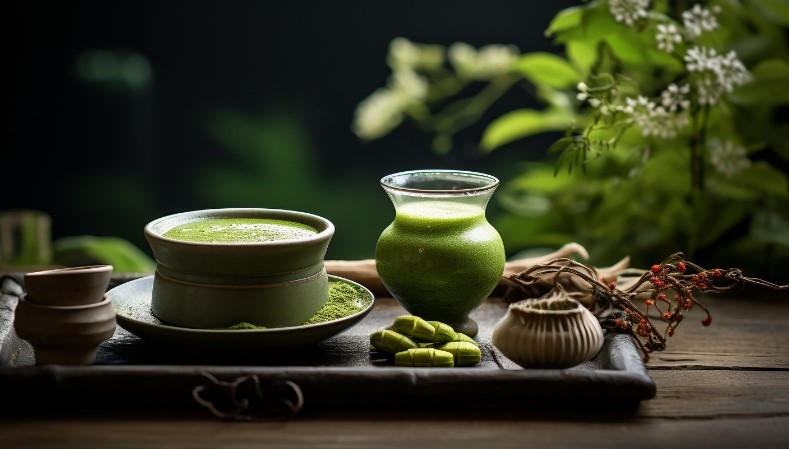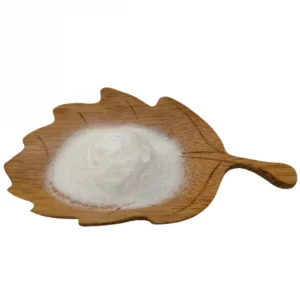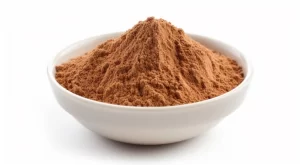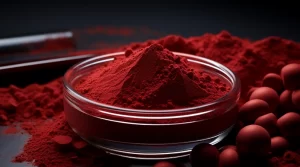What is matcha and why is it so different from tea

Matcha (the ancient Chinese called Mei tea) originated in the Sui and Tang Dynasties of China, where the young leaves of spring tea were steamed to green and made into cake tea (ball tea) for preservation. Bake and dry again over the fire before serving, and grind to powder with a natural stone mill. Since ancient times, literati have left a large number of poems singing matcha:
“Blue clouds lead the wind to blow, white flowers float light condensation bowl noodles.”
It is the Tang Dynasty poet Lu Tong’s praise of matcha.
Drinking matcha is usually done in the manner of a tea ceremony, which requires following a complex set of rules.
The basic method is to first put a small amount of matcha in a tea bowl, add a small amount of warm (not boiling) water, and then beat it well (traditionally using the tea whisk). In the tea ceremony, “strong tea” uses 4 grams of matcha tea and 60CC of boiling water, which is kind of like paste. “Thin tea” with 2 grams of matcha and 60CC of boiling water. You can use the tea whisk to brush out thick foam, very beautiful, refreshing. In the current fast-paced society, there are few people who go to drink tea with the tea whisk, and more matcha is used to make a variety of exquisite foods, and green matcha foods become green flowers on the table, which are sought after and enjoyed by people. Matcha originated in the Sui and Tang Dynasties of China. The young leaves of spring tea were steamed and then preserved as cake tea (ball tea). Bake and dry again over the fire before serving, and grind to powder with a natural stone mill.
Matcha is different from ordinary green tea powder, let alone tea powder in the ordinary sense. The differences between matcha and green tea powder mainly include the following two aspects: 1, raw material requirements: Matcha has higher quality requirements for raw materials, requiring the use of tea with high amino acid, protein and chlorophyll content, and the content of caffeine in raw materials is low. Before picking, there are requirements for the picking time and leaf size of fresh tea leaves. The production time of matcha is short, only about 50 days, with high-quality fresh tea produced in 4 and 5 months as raw materials, the quality of matcha produced is the best. There is also attention to the species of tea used in the processing of matcha, which is cultivated by clonal propagation technology to ensure the purity of tea varieties. In addition, in order to ensure the quality of fresh leaves, during the planting process, the staff also need to shade the tea tree to prevent summer heat, and the tea produced in this way is called covered tea. Matcha is made from covered tea.
2, process requirements: Matcha is not ground green tea powder, only with natural stone grinding into a micro-powder, covered, steamed green tea powder, can be worthy of the name “matcha”, complex production process also makes the touch of green brought by the fragrance between lips and teeth especially precious.
The tea mill is a very strange equipment, it can grind the tea very fine, the strange temperature of the stone mill is the last process of matcha, after the stone mill grinding matcha, with the aroma of nori and zongye. Matcha milled with a stone mill shows torn flakes under the microscope, only 2 to 20 microns in size. Now also useful air mill or ball mill grinding, fineness is not up to the fineness of stone mill.
However, even if you buy matcha in Japan, it is not necessarily the real thing, compared to the demand of foodies, the annual production of matcha is very small, let alone the domestic. Because according to the standard of “using a natural stone mill to grind into a micro powder, covered, steamed green tea powder”, then about 40G of matcha powder ground by hand every hour is not enough for you to have an ice cream. Therefore, even if the product is labeled “matcha”, it will also indicate that it is actually green tea powder. Why doesn’t matcha feel any of the bitter taste of green tea? The first thing to figure out is where does the bitter taste in tea come from? It’s mostly caffeine. The content of caffeine in a plant of tea is different, generally speaking, young leaves. A surname; Stem, which is why the tea made by the single bud head is often bitter (such as bamboo leaf green), Chinese green tea pays attention to the appearance, the picking is more artificial, the standard is unified and the overall tender; Matcha is also produced in Japan with high harvesting standards, and the leaves are of a higher grade than Yulu, Japan’s premium green tea, so the two cannot be compared.
Secondly, the caffeine content of different tea varieties is also different. Tea cultivars that have long been produced asexually in Japan: beans north, Asahi, Asaru, etc. These tea tree varieties have fresh leaves, high chlorophyll content, low caffeine content, less bitterness, and make better matcha varieties, so they have less bitterness than other tea tree varieties (average).
Thirdly, Japanese tea trees will be shaded before picking, and the tea trees cultivated by the covering method retain more chlorophyll and amino acids, while the content of bitter tea polyphenols will be reduced. The picking time of Japanese tea trees is also late, about May, while the early and fresh Chinese green tea has already been available, and the earlier the tea is picked, the higher the caffeine content, so matcha wins in this point. As for the processing process, the temperature of roasting green is about 200 degrees, and the caffeine will sublimate when it exceeds 200 degrees, so the green tea processed by this process will reduce the caffeine content. The temperature of steaming green is within 100 degrees, and it has almost no effect on caffeine. After the matcha will be crushed, more than 200 mesh matcha will quickly dissolve in brewing, if it is the same caffeine content of matcha and other green tea, compared to the slow multiple steeping of green tea, there is no doubt that a bowl of matcha contains more caffeine content, more bitter taste.
Water temperature also has a great impact on the leaching of caffeine, high temperature will make caffeine leaching quickly, and within 80 degrees, even 60 degrees will greatly delay its dissolution rate, which is why cold tea taste is not bitter reason. The water temperature of the Japanese tea ceremony is generally high when brewing matcha, and the water temperature of the Chinese green tea is sometimes boiling water, and some times pay attention to the water brewing with about 80 degrees, which can not be generalized.
To sum up, in terms of the processing and brewing process of Japanese matcha, caffeine remains intact, the leaching is sufficient, and the bitterness is obvious. Therefore, in order to reduce the bitterness, select tea tree varieties with less caffeine content, and make efforts in planting and cultivation, and drink Japanese matcha tea with glutinous rice sugar as the main material and fruit, to reduce the bitterness brought by the taste.
Backvita



